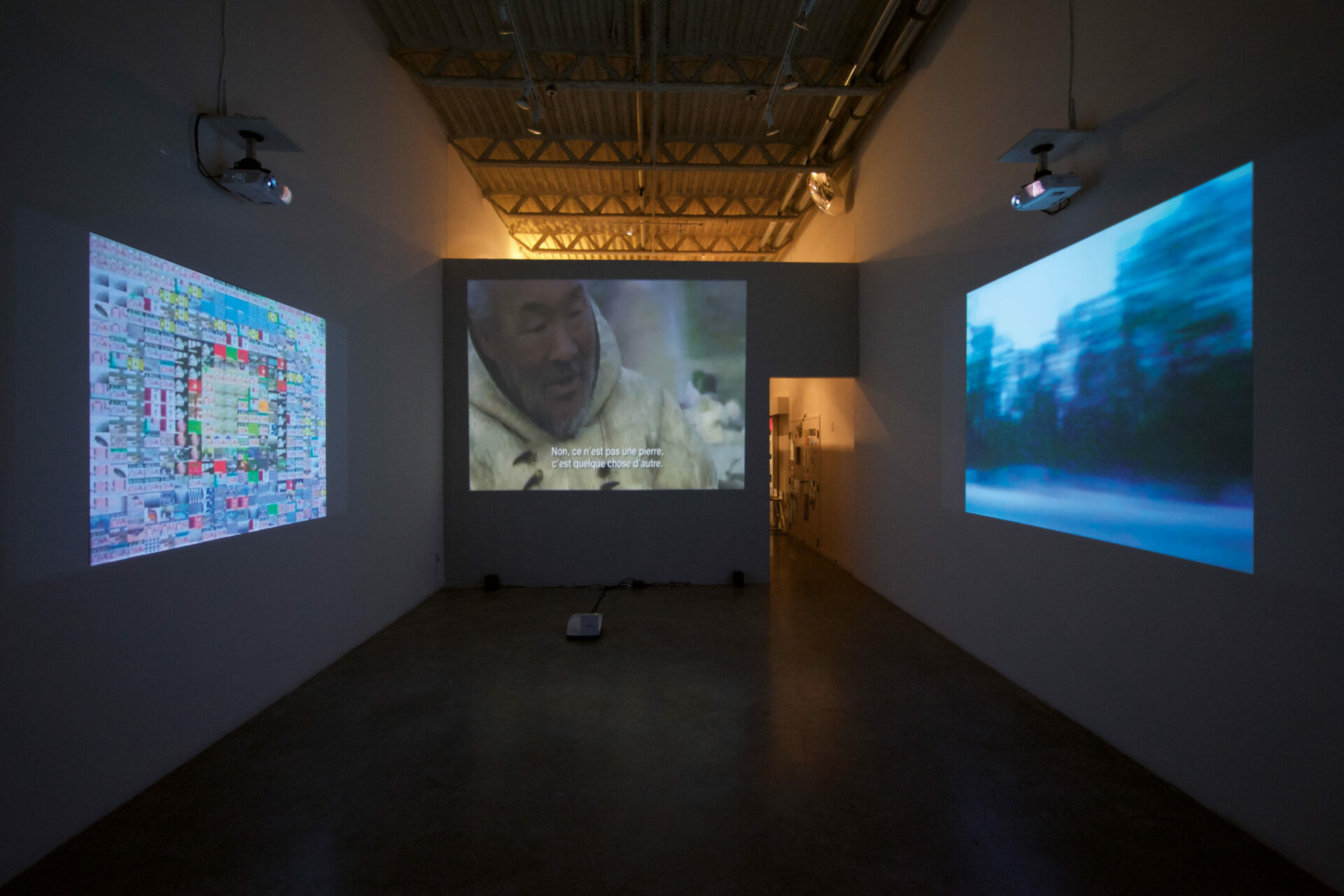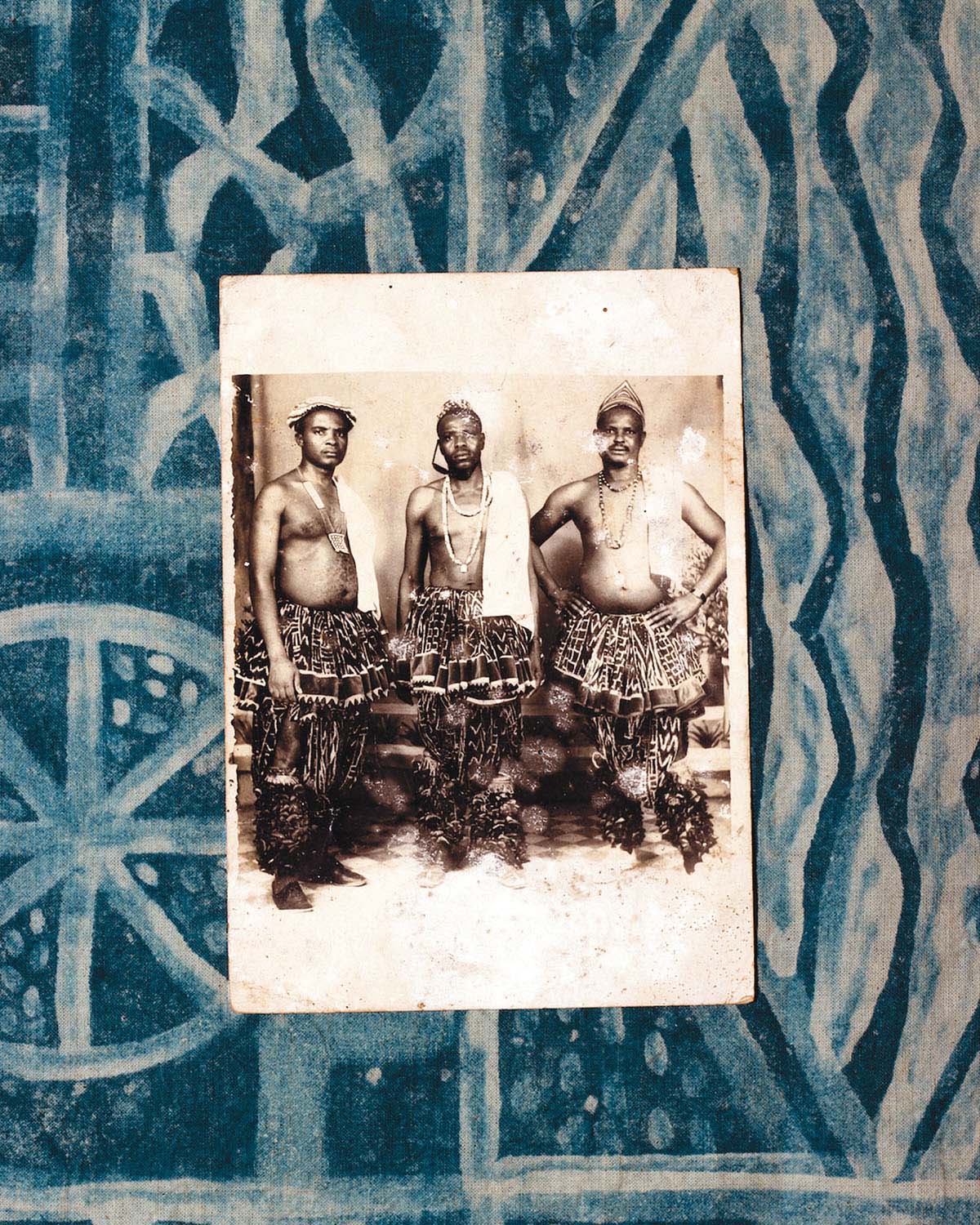
Borrowing Images of War
This idea of artists being influenced by images of war shown on TV still resonates in contemporary art practices, despite the proliferation of new media sources. Even though the way that such images are captured and produced has changed over time, in part due to new information-dissemination platforms, it is how the images are presented, framed, and interpreted that distinguishes the work of artists from that of image makers — journalists, camera operators, photographers — in the field. And, correlatively, what if the production and dissemination of wartime images influenced the materials used by artists exploring these wars? The stance of contemporary artists who use the same visual materials as diverse channels for communicating information on wars is rooted in an approach critical of image production and delivery modes, albeit from a perspective that critiques and analyzes documentary forms. These artists position themselves as image makers in the same way as journalists do, but their role in the creation of visual narratives differs. By adopting strategies such as reconstruction, the use of archival resources, or the visualization of collective narratives — strategies that capture both the impact and consequences of conflicts — artists inhabit a territory complementary to that of journalists.




